The post Anti-Apps: The Rise of Apps That Get You Away from Technology appeared first on Speckyboy Design Magazine.
]]>The difference, however, is that smartphones are much more pervasive than previous technologies, and disruptive in social interactions with other people. You’ll never see someone pull out a book and start reading it while in the middle of a conversation with someone, or turn on the radio or music player in a work meeting, and people don’t carry their TVs with them to work or school, but all of these things happen with smartphones.
They are a major distraction, but also a useful and needed tool in this day and age. We are expected to be connected to our work, even when not at a desk. Friends and family expect that we can be reached at any time and any place, and worry when we don’t respond. There is a point where even the staunchest supporter of new technologies says, “Maybe you should take a break…”
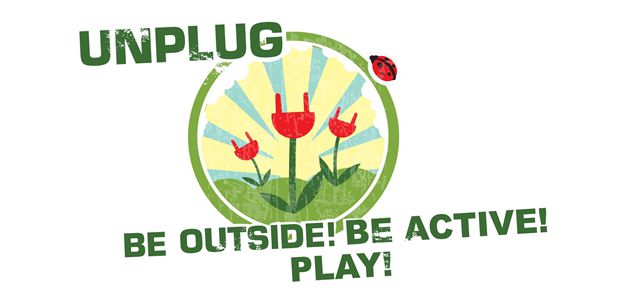
Image courtesy of the City of Meridian
Fortunately, there are many new products recognize these unhealthy trends and are trying to bring us back from the precipice. Some of them focus on getting us outside, some help with forming better habits, and others are just a simple way to unplug from our devices. The following are examples of several new products that are helping us to be happy, healthy, and unplugged. UX designers would be wise to brush up on fundamental design principles and jump right in.
Kids and Nature
There has been a growing trend of kids spending more and more time indoors in the last two decades. In fact, adults spent over 200+ more hours a year outside when they were children than today’s children – that’s enough time to learn a new language or become a yoga instructor! Because of this alarming trend, there have been several apps created to encourage kids to spend time outdoors and thinking about nature.
Ranger Rick’s Ubooly Outdoor Adventure Campaign was created by Ubooly in conjunction with the World Wildlife Federation. The app can be played on a smartphone or tablet, which is then placed inside the Ubooly toy. The Ranger Rick app takes them outdoors to explore different parts of nature through scavenger hunts, nature hikes, and mindfulness games. Kids also get to make collages, drawings, and paintings based on their outdoor adventures.

Wuxia the Fox, on the other hand, takes a very different approach. The story is about a dystopian world, filled with cyborgs that have taken over, talking animals, and two adventurers who must seek out a way to bring back people’s ability to dream. The book is paired with an app, and together they encourage kids to think about the environment and nature through the story’s message. This project also encourages reading, imagination, and makes for great family bonding time.

Plum’s Photo Hunt is fairly basic, but encourages kids to get outdoors by taking photos of items and places in nature. It also allows kids to upload these nature photos to the PBS Kids site and share them with others there, creating an interesting social element for the app.
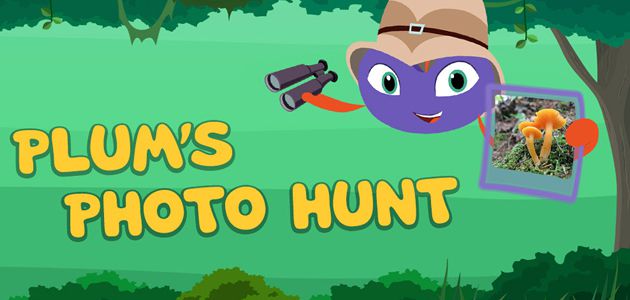
These apps still result in kids being plugged in, but they also spend time looking around, playing outside. Ultimately, apps in this category may encourage kids to leave the phone or tablet at home the next time.
Games for Mental Health
Pokémon Go had a surprising, positive effect on many people who have mental health issues, such as Depression and Anxiety. There were reports of people leaving their homes for the first time in ages, interacting with friends and strangers, and their moods subsequently improved.

It’s been shown in many studies that getting exercise is good for mental health, but one obstacle has always been getting people who are depressed to gain the motivation to exercise in the first place. Games like Pokémon Go make going out feel less like exercise and more like fun. Pokémon Go also encourages interaction with other players in a very friendly, neutral manner, making anxious players feel at ease in public.
Hopefully, now that this has been discovered, other games will take up the mantle and continue to encourage people to get out of their homes and be active with other people.
Get Out and Run
There are lots of people that would love to be up early, running like so many other healthy, active people, but they can’t seem to motivate themselves to do so. But what if they were being chased by dozens of hungry zombies? That’s the premise behind the extremely popular Zombies, Run! Game app.
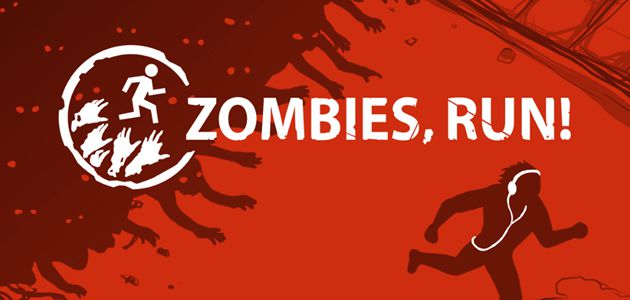
The scenario is that you are a runner gathering supplies and rescuing the last surviving members of the human race from horrible zombies. The app tells you when to walk, jog, or run away from zombies pursuing you, and can be set to different difficulty settings so you can keep up, no matter what your fitness level is. Feedback on the game has been positive, and people have commented that they run more as a result of the game than they would without the imagined threat of zombies chasing after them.
From a UX standpoint, this is a great example of good user experience design. People use the app frequently, but it encourages healthy habits, and it’s unobtrusive- one only uses it when they have the time and energy. Creating more apps in this category would help mitigate the negative effects of apps on physical health.
Learning to Unplug
When it comes right down to it, users spend far too much time glued to their phones- Americans collectively check their phones 8 billion times per day! Whether it’s emails and text messages coming in, looking up information on an event they want to attend, or checking their social media feeds, there is always something to look at online.
It’s not enough to say ‘Put down that phone’ – if someone is addicted to the constant flow of online information, a phone and its contents will always be on the user’s mind. Flipd offers a solution to this.
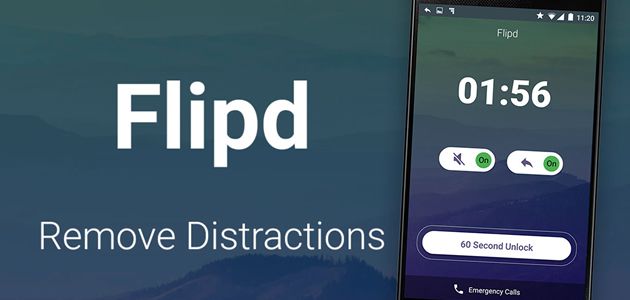
Flipd is an app that was created by two Ryerson alumni to help curb people’s smartphone habit in increments. When you signs into the app, it allows you to choose a length of time in which it will stay ‘locked’. While it is locked, users cannot access any apps on their phone, and notifications can be silenced (although they still appear on the screen).
Many people can’t shut off completely, but it’s much more manageable to unplug when one has the option of choosing a length of time to do so. There is a 60-second unlock option in case of emergency, so you don’t have to sacrifice anything essential for this unplugging. Users can also track how much time they’ve spent unplugged from their phone over time. It’s been used in classroom settings, work environments, and study groups to keep people undistracted.
We still need to use our phones for work and for leisure, and that is why Flipd was designed to allow people the freedom to choose how long they are disconnected, provides anyone trying to reach the user with custom ‘busy’ messages, and encourages groups such as businesses and classrooms to use this app every day to encourage face to face communication. Many classrooms have taken to using Flipd as it allows them to monitor participants and their ‘Flipd off’ status, making for a more
Here’s Where UX Design Comes In
Users need assistance in creating good habits, excuses to get out into nature, and a method for shutting out distractions in their lives, and user experience designers can design for those scenarios in the following ways:
- Build in features that encourage, not force, the users to look up from their device, whether it is checking in with real people, going outside, or moving into a different space.
- Learn fundamental UX practices whether in free learning paths or online workshops so that you can relate these fundamentals with the notion of building apps that unhook people from technology.
- Break up tasks in the app or program into smaller chunks so that the user is never focused on one task for too long at a time.
- Encourage users to take breaks from their tasks in gentle ways – include timers on tasks, images of the outdoors, and pop-up messages that mention stepping away from their desks, tea breaks, and conversations with people.
- Use positive reinforcement when users accomplish tasks or build up good habits. Flipd, for instance, lets people know how much time they’ve spent disconnected from their device. If possible, consider rewards for good behaviour.
The post Anti-Apps: The Rise of Apps That Get You Away from Technology appeared first on Speckyboy Design Magazine.
]]>The post What UX Designers Can Learn From Disaster Design appeared first on Speckyboy Design Magazine.
]]>In the modern world, there are new, innovative ways in which information regarding emergencies and disasters is distributed to the masses, as well as low-tech ways in case digital isn’t possible.
Alert Ready in Canada
Alert Ready is the nationwide, emergency alert system in Canada. It operates in conjunction with The Weather Network and provides alerts on a variety of emergency scenarios, including floods, storms, terrorism, amber alerts, and animal danger. Their main methods for reaching the public include tv, radio, and other screens such as lottery terminals and video-on-demand. There is also an optional text alert, but there is a subscription fee involved.
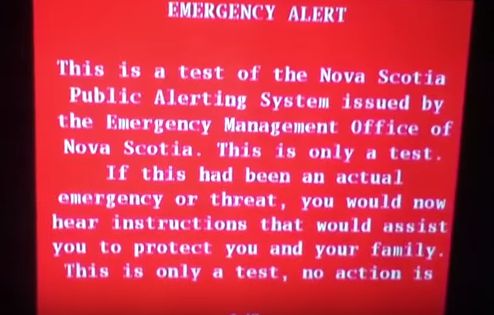
Alert Ready on television screen
This system is designed to reach users through various means, mostly involving screens, which is effective for a portion of Canadian citizens, but not as large a percentage as one may have found in previous years. There is a decreasing number of people using televisions and radios, preferring to watch and listen to shows and music online.
To reach younger citizens, the text alert should be included in phone plan subscriptions the way that 911 service is included, and not as an extra service. Fortunately, many other outlets are also looking out for users during disasters.
Facebook Safety Check
In the modern world, when something bad happens, people tend to flock to social media to get details, check to see if anyone they know was there, and figure out whether it will affect them personally. Facebook recognized this trend, decided to be proactive about it, and Facebook Safety Check was born.
For those who aren’t aware, Facebook Safety Check, which was introduced in October of 2014, is a check-in system that recognizes if a user might be in an affected area- whether a disaster, conflict-ridden space, or other emergency situation- and the user can then say whether they are in that area, whether they are ok or not, and check the status of their friends as well.
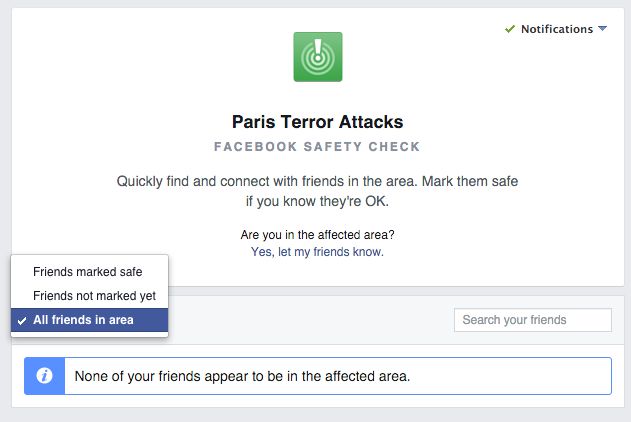
Facebook Safety Check screen
It is activated by Facebook on a case by case basis, and so far it has been activated over a dozen times for disasters such as the 2015 Nepal Earthquake, the 2015 Paris Attacks, and the 2016 Ataturk Airport bombing. There has been one incident of it being activated for people not in a disaster area, but no one was harmed by the mistake. This works well for reaching a fairly young group, but wouldn’t help with users over a certain age.
Twitter Real Time Alerts
Similar to Facebook, Twitter saw that people would rush to post, search news, and contact friends and family in response to disasters, so they created Twitter Alerts, which allow safety and outreach organizations to send out important messages to all their subscribers in case of emergencies.
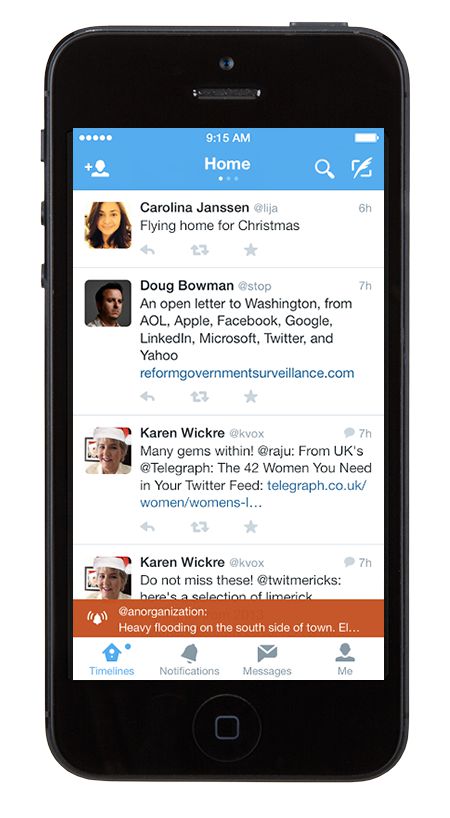
Example of alert (courtesy of Twitter)
Tweets from this service have a unique appearance so they stand out in the feeds, and there are also push notifications that will pop up to announce alerts that users have subscribed to on Twitter. Twitter has a wider following in terms of age groups, but still does not include those older generations that do not use newer technologies.
Emergency.lu- Dealing with Technology Outages
It’s been brought up on many occasions that technology is great, but we can’t rely on it in an emergency situation. Many disasters cause electricity outages, downed phone lines and cell towers, and even internet service, making it difficult for people in those areas to communicate with themselves and the outside world.
That is where Emergency.lu stands out from many of the other emergency technologies. The Grand Duchy of Luxembourg, partnered with HITEC Luxembourg and SES, a world-leading satellite operator, created a satellite that can be quickly sent into a disaster zone within hours in order to bring high-quality Internet connectivity and low-bandwidth versions of Skype and Lync to areas where regular Internet connections have been downed.
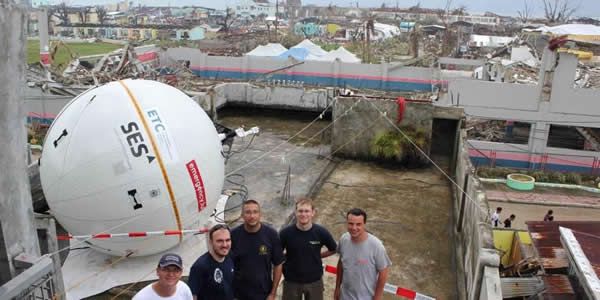
Satellite and workers in Vanuatu (image courtesy of impactjournalismday.com)
The system and satellite have been operational since 2011, and has been deployed in various places since then, including Nepal and Vanuatu, Mali, the Philippines, South Sudan, Venezuela, and Ebola-affected countries in West Africa. This technology is used primarily for emergency services to communicate with one another, but may also allow for general users to access services.
Robots and Accessing the Inaccessible
In many disasters, roads and buildings become dangerous to navigate or are wiped out completely, making it difficult for first responders to get help to those who need it. Whether those people have ways to communicate with the outside world or not, their physical accessibility is still a problem. That is why robots and drones are now being routinely sent into disaster areas to locate, dig out, or provide medical supplies to those in inaccessible areas.
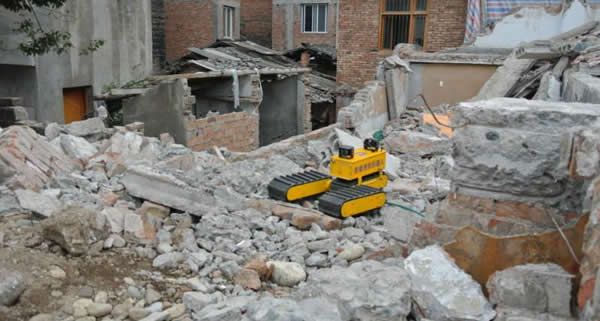
The user experience of interacting with one of these robots is minimal, but significant- it is a sign that there are people trying to reach them, and are
now aware of their existence. Two-way communication through these devices doesn’t seem to be part of its make-up, but that may be added in the future to help with the rescue efforts.
Innovative Low-Tech for Disasters
Sometimes the best method involves going low-tech, but in innovative ways. Refunite, for example, run the Refugees United call-center, toll-free telephone lines, and SMS messages so that people in refugee camps can reconnect with loved ones elsewhere in the world.
This is, however, only low-tech at the point of use. The infrastructure to distribute, maintain, and support the call centre and messaging platform is using the the same security protocols and coding standards as we use in first world countries.

Trying to get signal (image courtesy of refunite.org)
Low tech needs to continue to exist and innovate because many disaster scenarios result in reduced or no infrastructure for high tech solutions. Internet, mobile phones, computers all run on electricity (or at least their batteries do), and when power is out for significant lengths of time, there still needs to be some way to communicate.
What UX Designers Can Contribute
The users involved in disasters are varied and require many different actions, dependent upon the type of disasters. User experience designers should research the area and its citizens to determine what types of alerts and methods of communication would reach the largest number of people. Things for user experience designers to consider:
- Age of the majority of the population
- What types of disasters are common in the area?
- What the technological infrastructure is in the area- do people have computers? Cell phones? Landlines?
- What emergency services exist in the area, if any?
- How do the majority of people communicate with their friends and family?
- Have they experienced disasters before? Do they know what to do in an emergency situation?
- If power was lost in this area, what would be the major impacts on the people (for example, power lost in a cold country means no heat in many homes)
- What emergency communications already exist in the area, if any?
- How desensitized are the population to emergency announcements? What messages would they take more seriously?
Building emergency alerts and systems based on the answers to the above questions will result in a more effective, location- specific tool for communicating during disasters, and hopefully help prevent loss of life through early warnings. Want to join a group that uses UX and technology to help with disasters?
Check out Crisis Commons and Ushadhidi, two organizations that are dedicated to contributing their skills to disaster scenarios, or check out your local Virtual Operations Support Team (or VOST). There’s also the option of getting a job in the disaster management industry- Springboard has a guide to getting UX careers which could help in the job search process.
The post What UX Designers Can Learn From Disaster Design appeared first on Speckyboy Design Magazine.
]]>